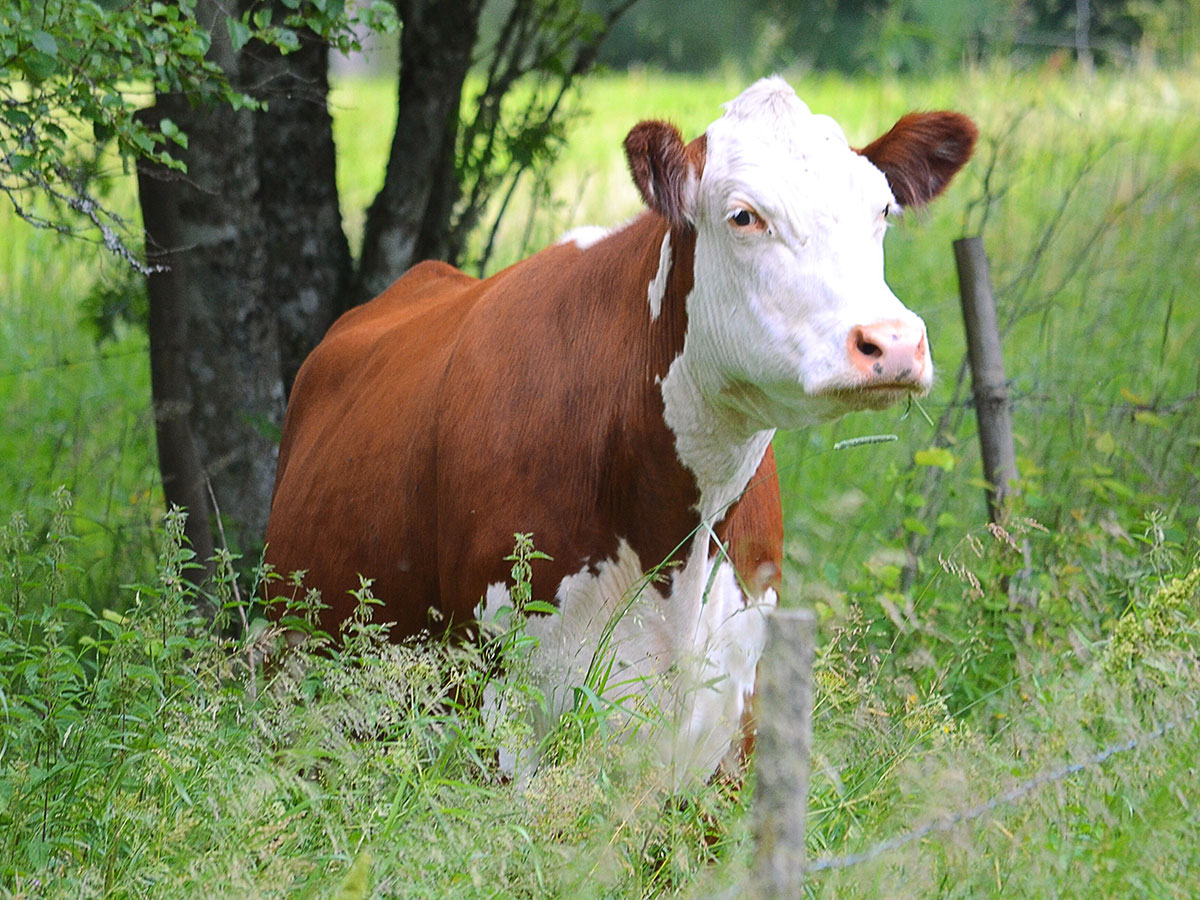Pestivirus, also known as BVD, poses a significant risk to beef producers in Victoria. It can increase the risk of abortions, reduce pregnancy rates and suppress the immune system, potentially resulting in fewer replacement heifers and the need to cull good cows.
A 2015 report by Meat and Livestock Australia recorded pestivirus to have an annual cost of $114 million nationally.
Pestivirus is not always easy to identify in your herd. It may present as a transiently infected animal showing mild symptoms for a short time, almost like the animal having a cold; or a persistently infected animal (PI), produced when a female is infected during pregnancy, Image 1.

With nearly 90 per cent of herds in Australia showing evidence of past infection it is important to understand there are a number of different approaches to managing pestivirus, with no one size fits all option, and each with different associated costs.
Key to ongoing success is biosecurity and knowing your farm’s level of risk. Ask yourself, what is the likelihood of pestivirus entering your herd?
Nose to nose contact is one of the most common ways for pestivirus to spread.
Be aware of what you are bringing on to your farm, and the possibility of contact with neighbouring stock. Are bulls tested for Pestivirus before entering your herd? How would you know if a PI entered your herd?
Be aware of what you are sending off for agistment, to a show or escaping next door and have a quarantine procedure in place for their return.
When developing your pestivirus management plan it is important to remember there are resources available to help.
First, discuss profiling your herd’s status with your vet to help determine the best course of action.
Your herd’s status is determined through blood testing which reveals an animal’s level of immunity. If results come back with zero level of immunity then that particular animal has no natural immunity or could be a PI. You can then determine if an animal is a PI through ear notch or hair testing.
Once you’ve determined your herd’s status and identified any biosecurity risks, you then decide the most practical way to:
a) prevent pestivirus from coming on to your property or
b) eradicate pestivirus from your property and prevent future introduction of the disease.
Vaccination is an option in Australia. Pestiguard® reduces shedding of the disease by 100% and is a controlled prevention method, however it is important to determine if all animals, heifers, bulls and calves, need to be vaccinated.
Auto-immunisation is another option, where animals are deliberately infected by a PI enabling them to develop antibodies naturally. This should be done in consultation with your vet or advisor to ensure the right stock are exposed appropriately without negative consequences.
Have the discussion with your vet on the best approach to protect your herd’s genetics and prevent production losses.
